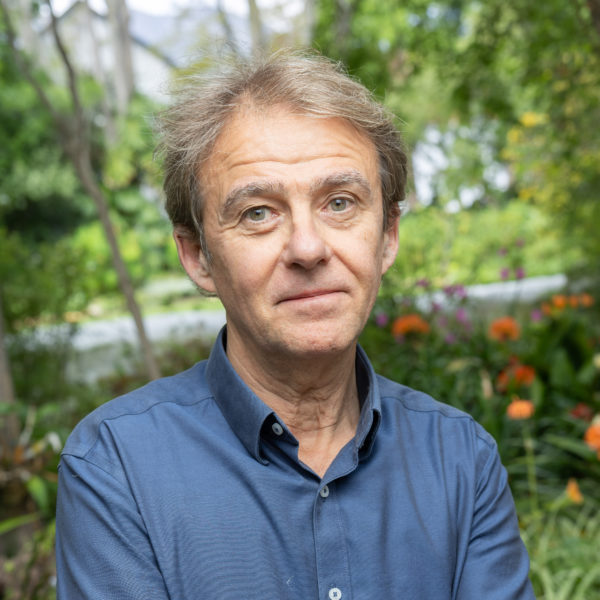The abnormal processing of amyloid precursor protein (APP), aggregation of Aβ, Tau hyper phosphorylation and propagation of these abnormally folded proteins have been collectively recognized as hallmarks of the initial, “biochemical” phase of Alzheimer’s Disease (AD) [De Strooper 2016]. The proteonopathy of the biochemical phase is thought to lead to a “cellular” phase of AD involving extensive feedback and feedforward interactions between multiple cell subpopulations, including not only neurons but also glial and vascular cells [De Strooper 2016]. Among these, astrocytes are central players in the cellular phase of AD. Astrocytes are one of the most abundant cell types in the brain and perform several critical functions, including maintenance of the blood–brain-barrier (BBB), neurotransmitter recycling, regulation of synaptic plasticity and brain metabolism, as well as clearing and degradation of Aβ [Carter 2019; Qin 2023], all of which are dysfunctional in AD. In response to injury and brain damage, astrocytes undergo pronounced morphological and transcriptional changes collectively known as astrogliosis [Burda 2014]. In AD, astrogliosis has been linked to both beneficial and harmful effects depending on the stage of disease progression as well as the brain region affected. To date, however, the molecular and cellular aspects of astrocyte reactivity in AD, as well as their precise contribution to pathogenesis and disease progression, remain poorly understood. The p75 neurotrophin receptor (p75NTR), a member of the “death” receptor superfamily, can directly interact with APP [Fombonne 2009; Yi 2021] and is widely recognized as an important contributor to AD-associated neuropathology by accelerating Aβ production, neurite degeneration and cognitive impairment in mouse models of AD [refs]. Small molecule modulators of p75NTR activity are currently being tested in clinical trials on AD patients [Shanks 2024]. My residence at STIAS will focus on studies that aim to reveal the function of the p75NTR receptor in astrocytes and its contribution to AD.
Menu
Share this project:
Share on whatsapp
WhatsApp
Share on email
Email
Share on facebook
Facebook
Share on twitter
Twitter
Share on linkedin
LinkedIn
Is any information on this page incorrect or outdated? Please notify Ms. Nel-Mari Loock at [email protected].

